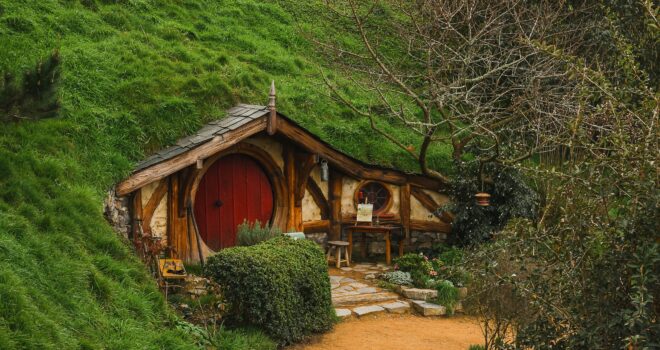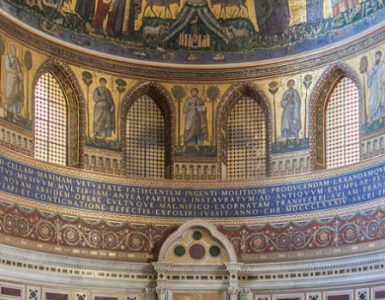In the debate about Artificial Intelligence, philosophers often ponder how much a machine can feel, play, or create, with the latter being distinct from mere generation. Tolkien’s theory of artistic creation is closely tied to the Imago Dei doctrine, viewing creativity as an inherently human trait. The doctrine of the Imago Dei, which holds that humans are made in the image and likeness of God, implies that human imagination mirrors God’s imagination. If God’s imagination is creative, and believers see God as a creator, then human imagination is also inherently creative. Bloom’s Taxonomy, a leading educational framework, considers re-creation as the highest form of education, making the ability to re-create fundamental to the artistic process.
Tolkien believed Pagan myths were a way for God to reveal fragments of His eternal truth through mythopoeia. Fantasy, for Tolkien, reflects human desires to experience wonder—a rational activity where humans use reason to reshape the world created by divine reason. Fantasy helps people recapture the wonder of childhood and provides a healthy response to a troubled world. Human imagination continually reaches beyond the known towards the infinite.
Tolkien saw fantasy literature as “sub-creation,” co-created with and influenced by God. He believed that fantasy did not represent an escape from reality but rather an exploration of metaphysical reality.
For Tolkien, myth conveyed transcendent truths, with creativity marking God’s divine image in humans. He argued that faith requires a transformation of the imagination towards experiencing enchantment, escape, recovery, and consolation, enhancing one’s appreciation of the universe’s wonder and strangeness.
Fantasy, according to Tolkien, is a rational activity, with the creative instinct being a reflection of the Imago Dei doctrine. He agreed with Picasso’s view that the artist first finds and then seeks, believing the goal of imagination is sub-creation. Tolkien saw fantasy’s capacity as threefold: recovery, escape, and consolation, helping to recover wonder and lessen pain while exploring deep metaphysical dimensions for ultimate healing. The gospel, in this sense, is the ultimate fairy tale, ensuring humanity’s happy ending.
Tolkien rejected secular literary modernism in an age of critical theory. He argued that all human language has a narrative structure, with fairy tales being fundamental to human language, strengthening and being liberated by imagination. Art, as a form of sub-creation according to Tolkien, Chesterton, and later Von Balthasar, is a hallmark of identity, reflecting the embodied experience of the artist.
AI as an artistic mode, used to create images, stories, scripts, and more, deprives the artist of the creative activity, the exercise of the rational mind that is necessarily involved when engaging in artistic activity. Perhaps AI-generated art assists viewers in the escape and wonder elements, but I would argue that it does so in a reductionistic way, as if propelling ourselves more deeply into the cave and away from His Light. The farther from His Light, the weaker our reflection of His image.
In summary, Tolkien viewed fantasy literature as sub-creation, co-created with and influenced by God. A person is creative, Tolkien argues, because they are made in the image of a creative God. AI, as the modern artist’s medium, perhaps becomes the image of our own creativity, but it lacks in so many ways the spiritual and relational ties that we as artists share with the living Creator and with each other.
Photo by Nikhil Prasad on Unsplash










